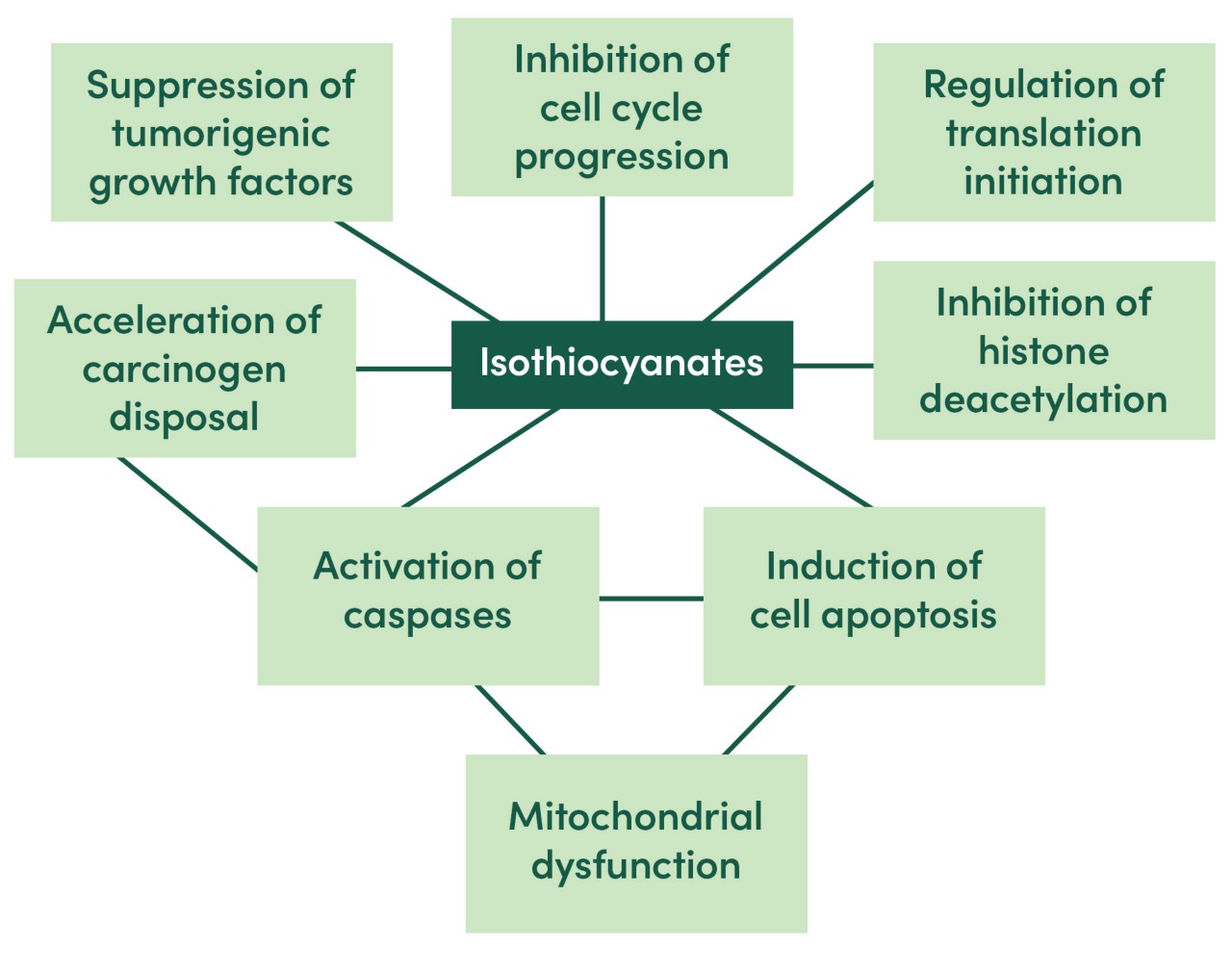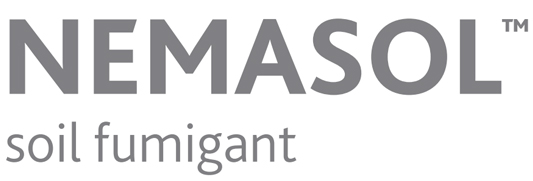Eastman offers two grades of Nemasol™ soil fumigant: metam sodium and metam potassium. Both are N-methyldithiocarbamate salts that are commercially available in aqueous solutions.
Once applied, Nemasol decomposes into methyl isothiocyanate (MITC), a major, gaseous, active metam metabolite known to act as a broad-spectrum soil disinfectant.
Mode of action of isothiocyanates
Isothiocyanates occur in our natural environment. They originate from glucosinolates that can be found in Brassica species such as broccoli, cabbage, cauliflower, rapeseed and mustard.
MITC is classified by the Insecticide Resistance Action Committee (IRAC) as a miscellaneous, nonspecific (multisite) inhibitor. Find the mode of action classification at irac-online.org
Although all the mechanisms by which MITC acts are not fully understood, studies1,2 have shown the following properties:
- The metabolism of MITC involves its conjugation with glutathione (GSH) through the action of glutathione S-transferase (GST).
- Mitochondria are the primary target in isothiocyanate-induced apoptosis.
- The mechanism partly involves nonselective enzyme inhibition.
- MITC is proposed to react with and inactivate the sulfhydryl group of essential enzymes in living organisms.
- Isothiocyanate molecules have an electrophilic carbon atom that reacts with nucleophilic components, such as cysteine residues in the TRPA1 (transient receptor potential ankyrin 1) channels. These channels are highly sensitive and serve as a warning mechanism to prevent tissue damage. TRPA1 is an ion channel located on the plasma membrane of many human and animal cells.
1 Luke Bell and Carol Wagstaff. Glucosinolates, myrosinase hydrolysis products, and flavonols found in rocket (Eruca sativa and Diplotaxis tenuifolia). pubs.acs.org/JAFC
2 Luis Federico Molina-Vargas. Mechanism of action of isothiocyanates — a review.

Certain statements may not be applicable in all geographical regions. Product labeling and associated claims differ based on government requirements. Use plant protection products safely. Always read the label and product information before use.






